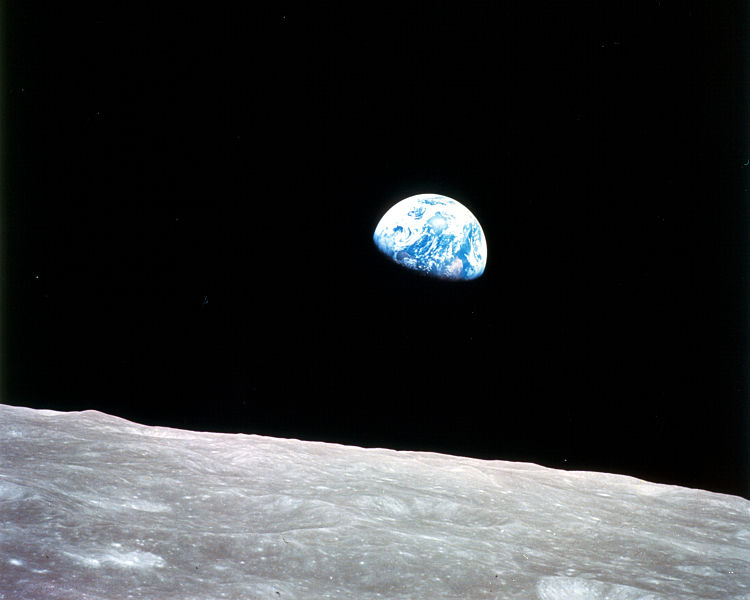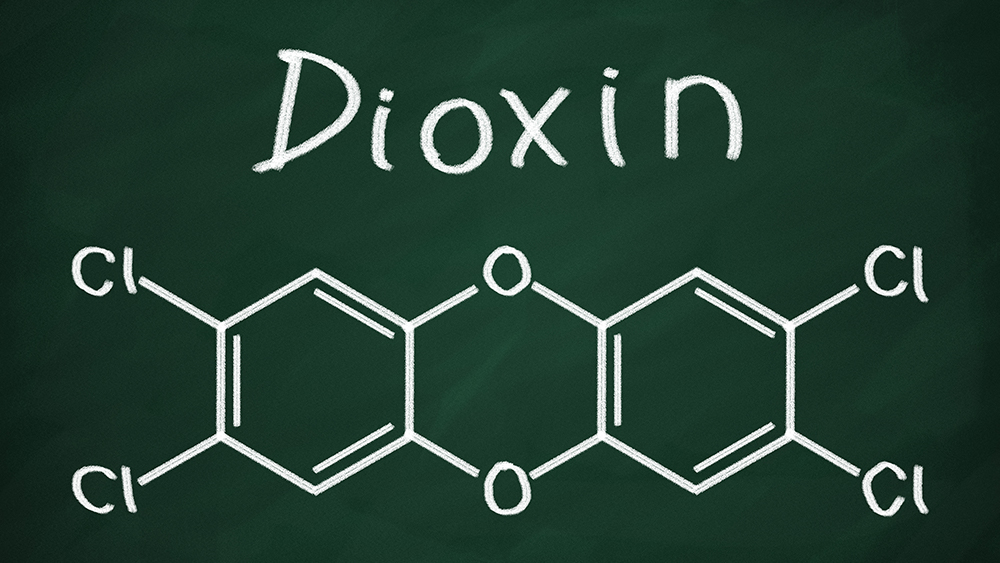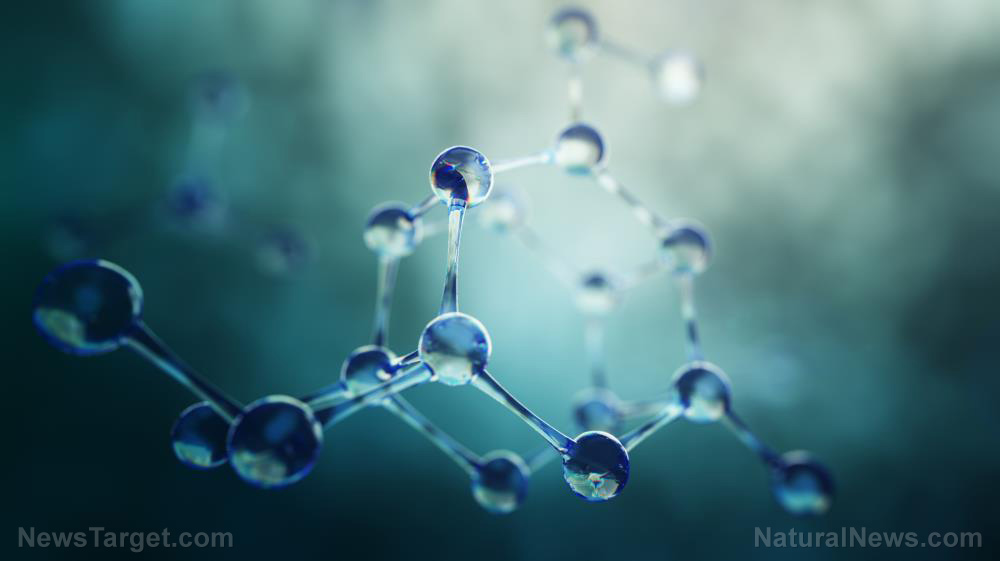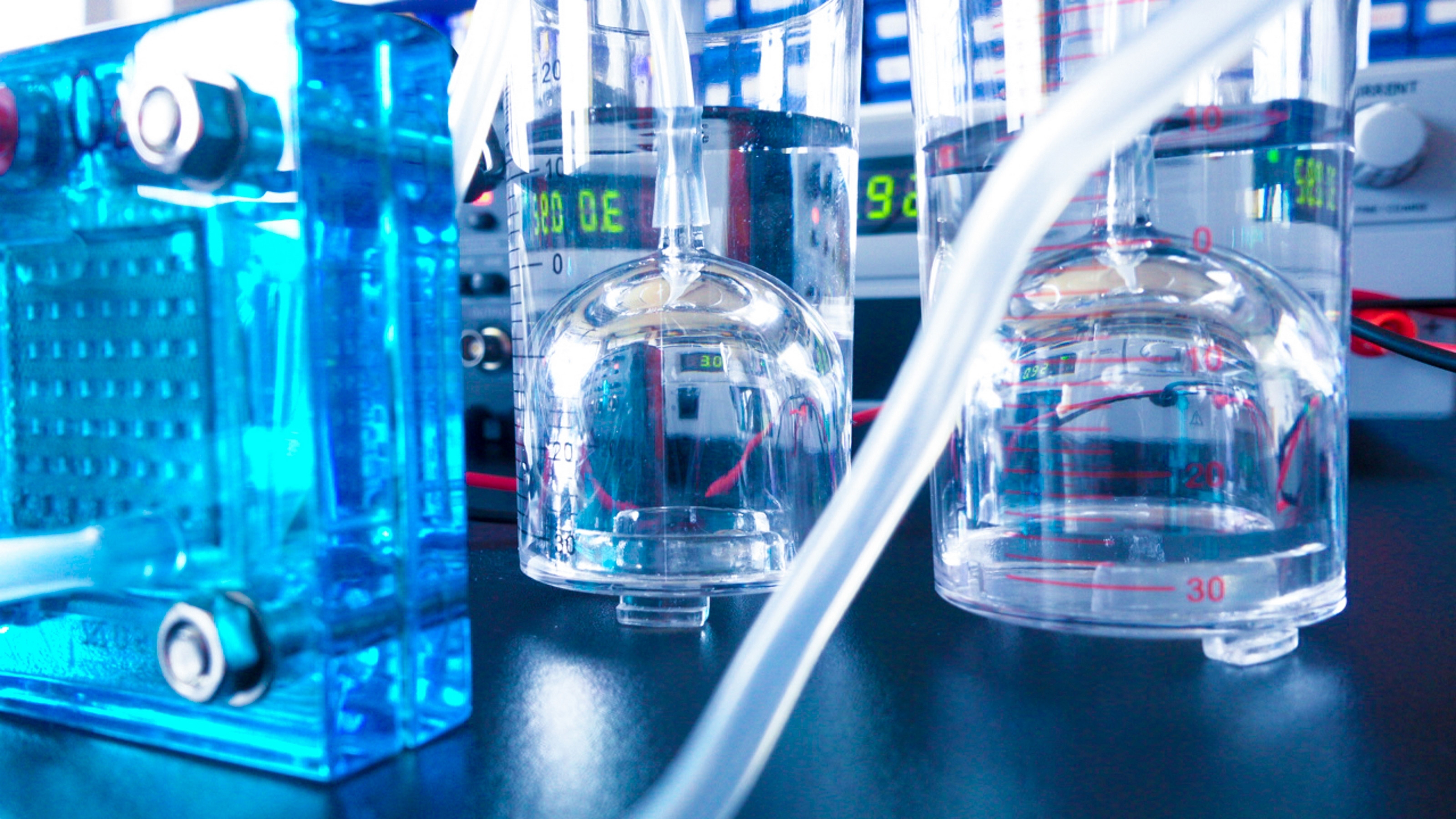
Solar winds may be responsible for increasing the amount of water on the moon. Researchers report that the stream of energetic particles from the sun leaves hydrogen atoms on the barren face of Earth's natural satellite, according to a study published in the Journal of Geophysical Research: Planets.
Their team's computer model simulated the chemical reactions triggered by protons from the sun upon reaching the moon. They found that the particles of the solar wind interacted with electrons on the moon's surface to create hydrogen atoms.
These new atoms moved through the surface of the moon. Once they encountered silica and other oxygen-bearing molecules in the lunar soil, the hydrogen bound themselves to the oxygen.
The combination of free hydrogen atoms and oxygen atoms in lunar regolith produced hydroxyl molecules. Hydroxyl was one of the components that made up water.
The discovery excited NASA researchers searching for water on the surface of the moon. They suspected that every oxygen-bearing rock in space possessed the potential to produce water. Furthermore, the radiation of the solar wind made this much more likely to take place. (Related: Scientists discover that Earth’s magnetic field functions like a drum; impulses ripple along its surface.)
Solar wind may be responsible for hydrogen and hydroxyl on the moon
NASA plans to return to the moon and set up a permanent human presence. The space agency is calculating the available amount of both water and its chemical components for potential lunar mining.
"We're trying to learn about the dynamics of transport of valuable resources like hydrogen around the lunar surface and throughout its exosphere, or very thin atmosphere, so we can know where to go to harvest those resources," explained Goddard Space Flight Center researcher Orenthal James Tucker, the author of the study's paper.
NASA dispatched spacecraft like Deep Impact and Cassini to evaluate the chemistry of the lunar surface. The space probes scanned the light given off by the moon with infrared sensors. These missions confirmed the presence of hydrogen, hydroxyl, and water.
Despite decades of research and lunar missions, experts remain unsure about the method that produced the atoms and compounds related to water. One theory suggests that meteorite impacts provide the energy and materials for the chemical reactions that created hydrogen and hydroxyl. But many researchers argue that the solar wind is the main initiator of water-related chemistry on the moon.
The amount of sunlight determines the hydrogen levels in lunar regions
The recent NASA computer model tracked the life cycle of hydrogen atoms of the moon. Its results indicated that the solar wind triggered the chemical reactions that produced hydrogen and hydroxyl.
"From previous research, we know how much hydrogen is coming in from the solar wind, we also know how much is in the Moon's very thin atmosphere, and we have measurements of hydroxyl in the surface," remarked Tucker. "What we've done now is figure out how these three inventories of hydrogen are physically intertwined."
His team's findings also explained why the hydrogen levels on the moon fluctuated depending on the region. The poles did not receive a lot of sunlight, so the hydrogen there did not receive enough radiation to trigger outgassing activity.
In contrast, the lunar equator accumulated fewer hydrogen because the gas got energized by the plentiful sunlight in the region. The excited hydrogen left the surface of the moon and exited through the exosphere.
Further, Tucker's computer model showed that solar wind broke up the chemical bonds between iron, oxygen, and silicon atoms together in the lunar soil. The "unhinged" oxygen sought out substitute atoms for temporary bonds. They settled for the newly-produced hydrogen and hung on to their new partners for longer periods in colder regions.
Sources include:
Please contact us for more information.





















